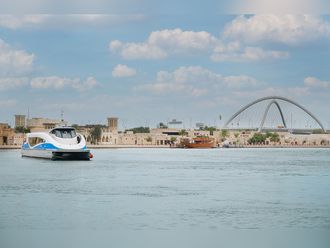
Dubai: The Dubai Duty Free tennis tournament is here and the city is playing host to some of the world’s most elite tennis players. However, the road to a superstar status is not easy. Long hours of practice, lack of rest and other factors are common among players as are injuries such as sprains, pulled muscles and fractures. Research has shown that at some point in their careers nearly 50 per cent of tennis players suffer from a painful condition called lateral epicondylitis, which affects the elbow caused due to repetitive motions or strenuous overuse of the tendons around the elbow. This ‘tennis elbow’ is commonly observed in people who play tennis and other racket sports. Golfers and cricketers are equally susceptible as are people in jobs that use repetitive motions involving the arm and elbow. Its incidence is higher in people between 30 and 50 years of age.
Tennis elbow is caused by damage to the muscles and tendons around the outer side of the elbow. It affects the area where the tendons and muscles of the forearm join the lateral epicondyle, which is the bony outer area of the elbow. Overuse of the tendons and the gradual weakening of the tendon cause inflammation and pain, making it difficult for an individual to bend the elbow. The symptoms start as mild pain and progress steadily. They could include a weakening grip, pain or a burning sensation on the outside of the elbow. Diagnostic tests include X-rays, ultrasound or MRIs. Treatment depends on the person’s age, medical history and severity of pain. The first step is to reduce inflammation. Complete rest, application of ice and the use of anti-inflammatory medication and cortisone injections are prescribed. A splint and brace may also be used to keep the injured area stable.
Physical therapy is common after the pain reduces. If the injury needs more attention, then treatments using PRP (platelet-rich plasma) therapy, shockwave, or surgery may be used. Rest and rehabilitation are key. Most patients can resume normal activities within weeks of treatment. Some require open or arthroscopic (key hole) surgery.
People who are at risk should stretch the muscles in their arm to increase strength and flexibility. Those who play a racket sport should use correct techniques and movements to avoid injury. They should guard against overuse by adequately resting their dominant arm whenever it is possible. These steps can protect them from injury in the long run.
The author is consultant, orthopedics at Burjeel Hospital for Advanced Surgery, Dubai












